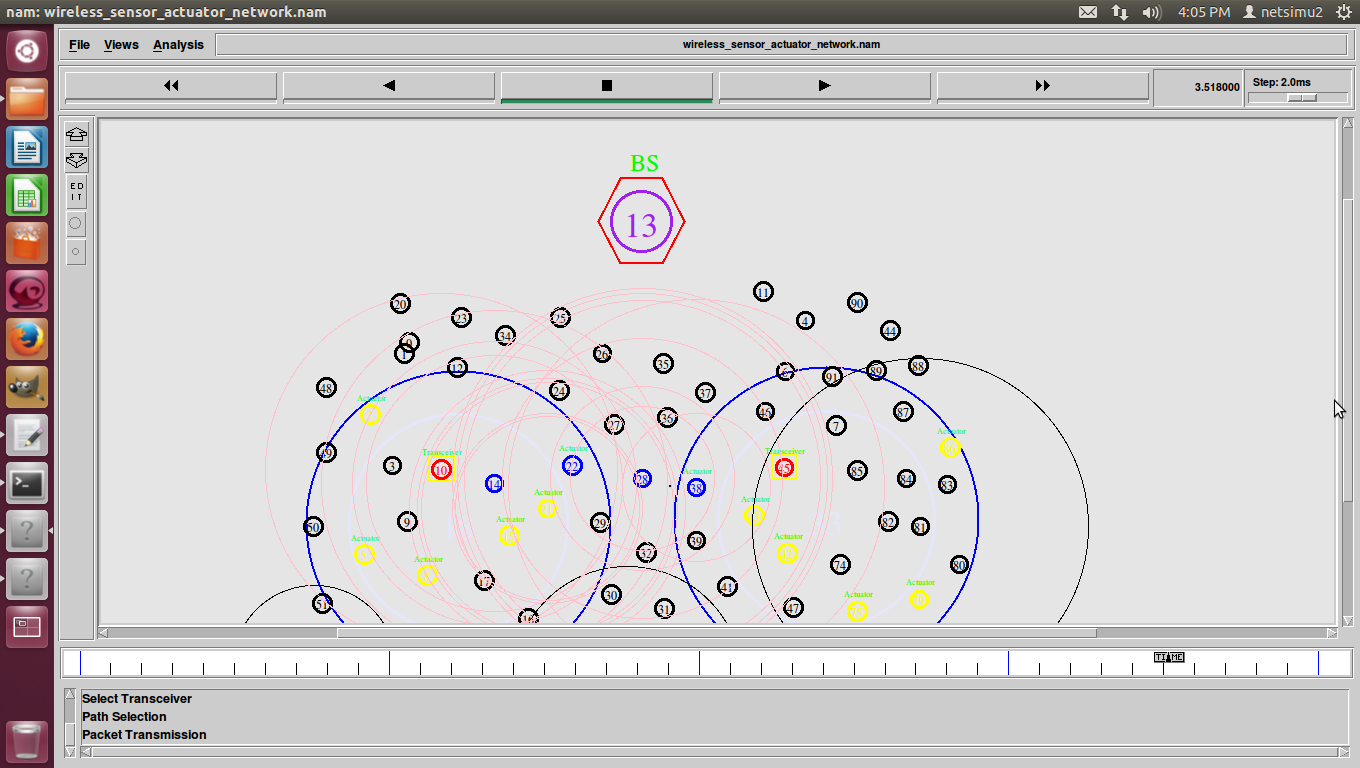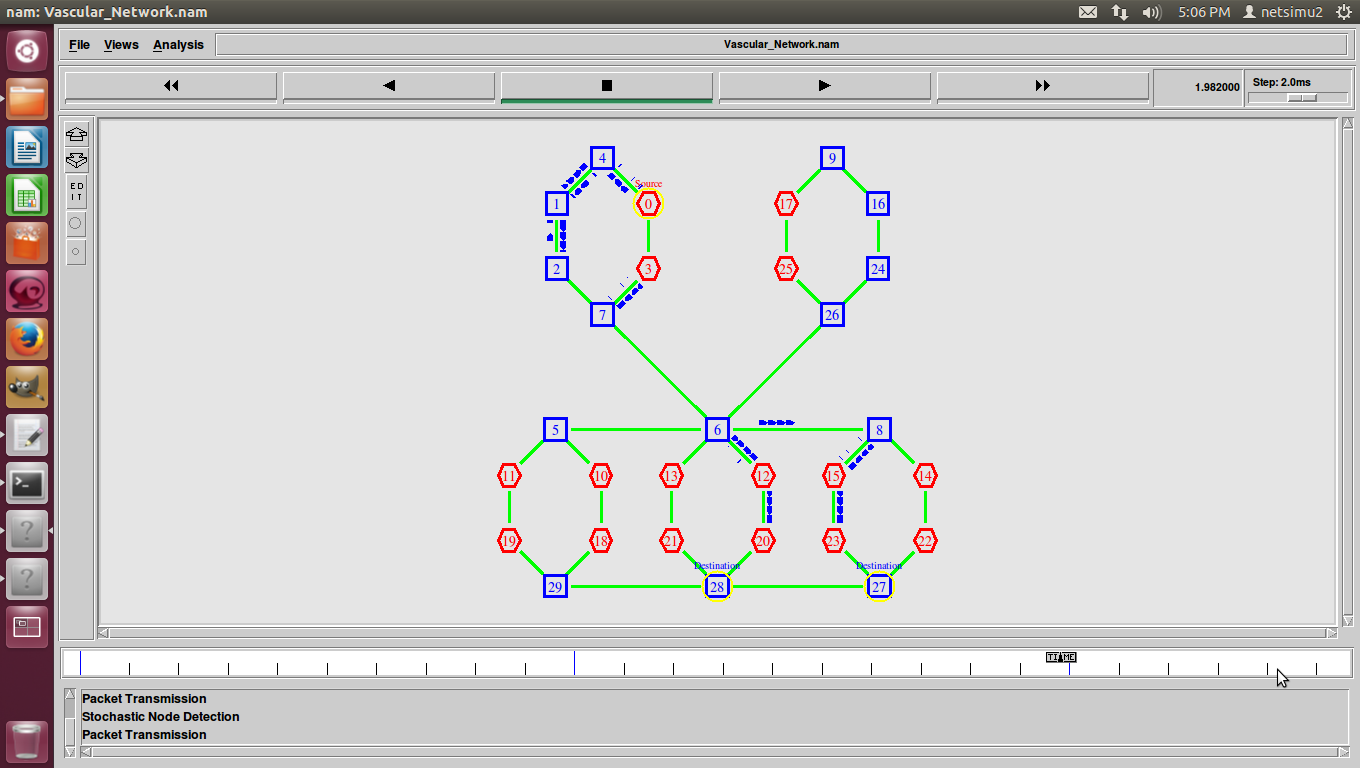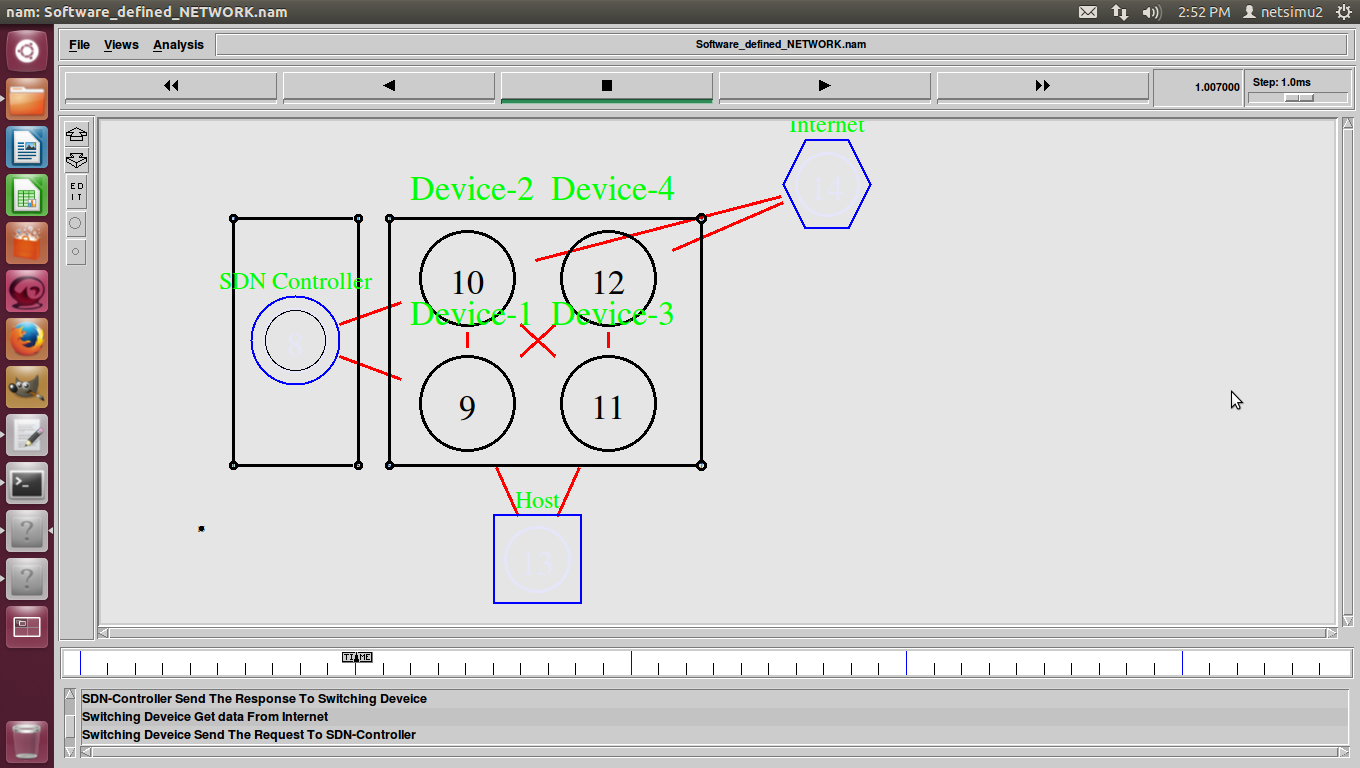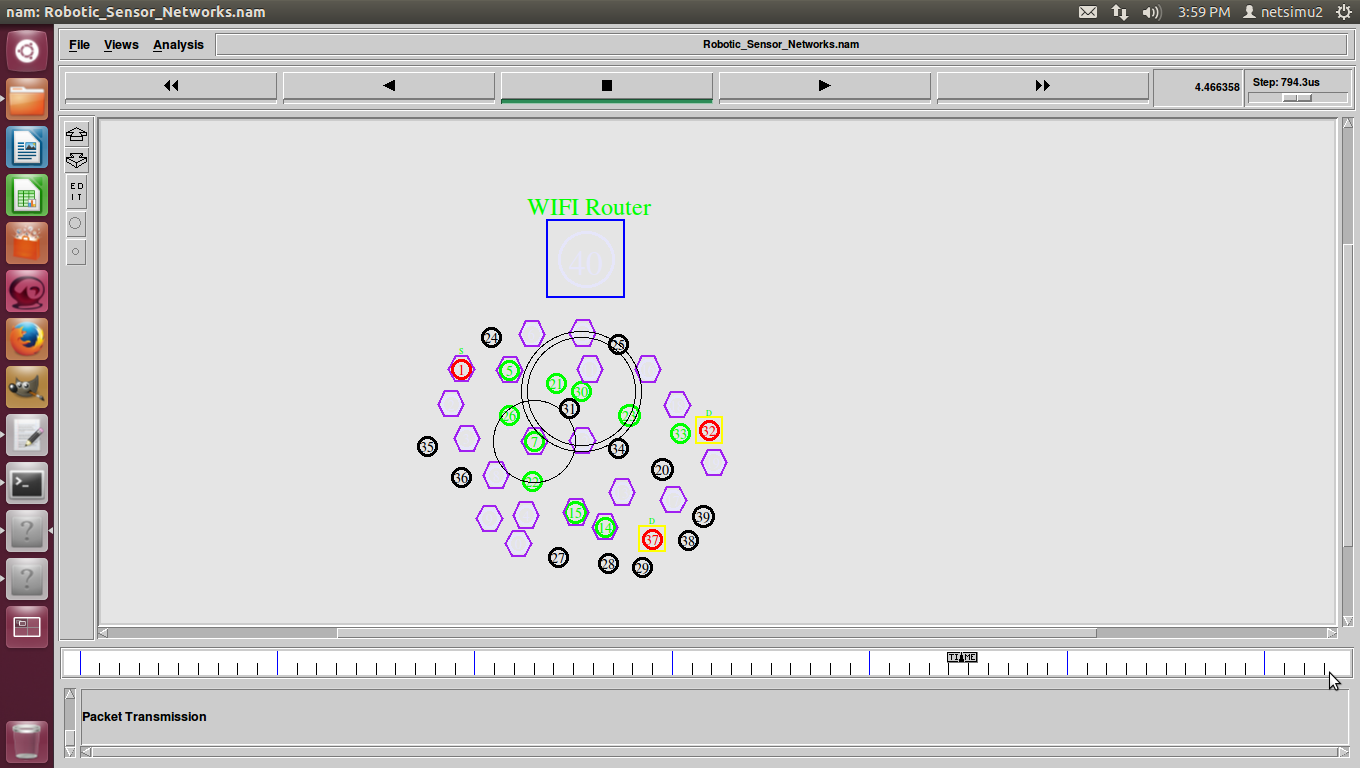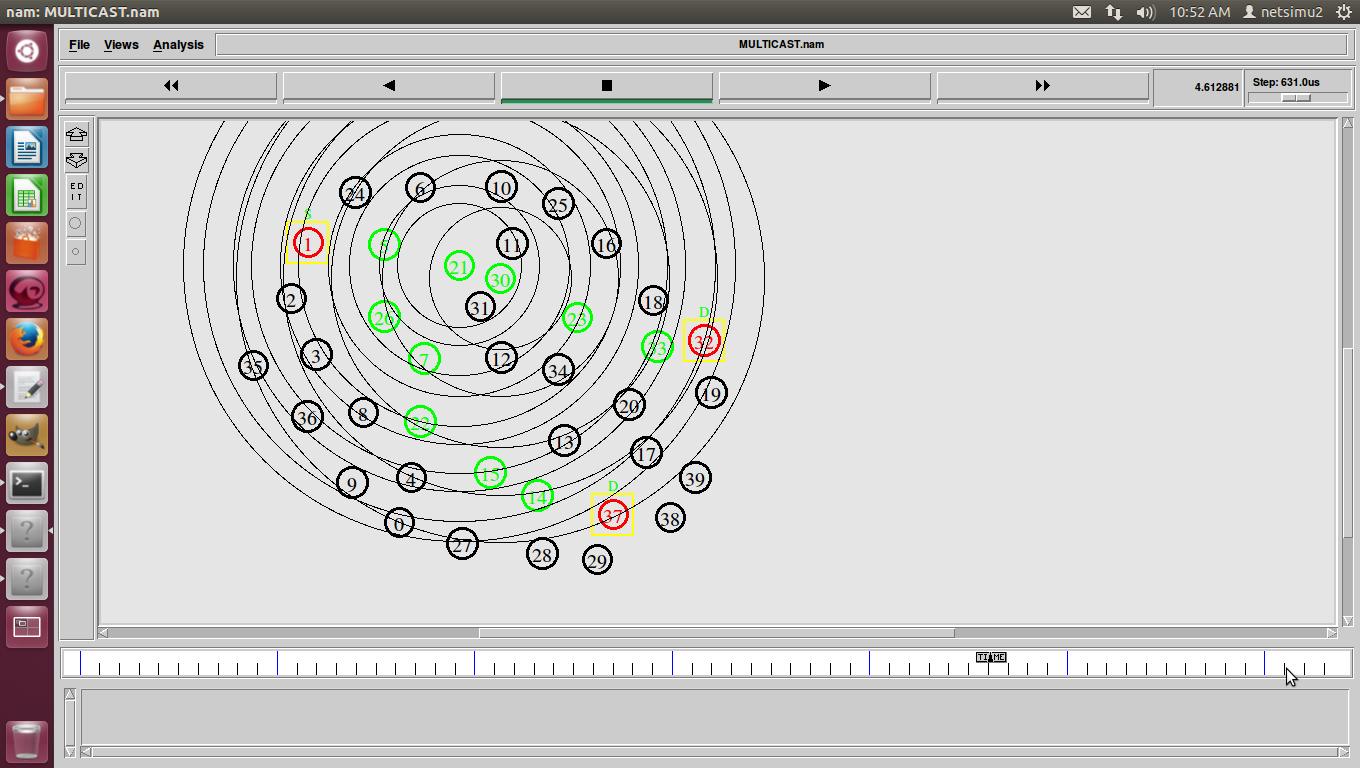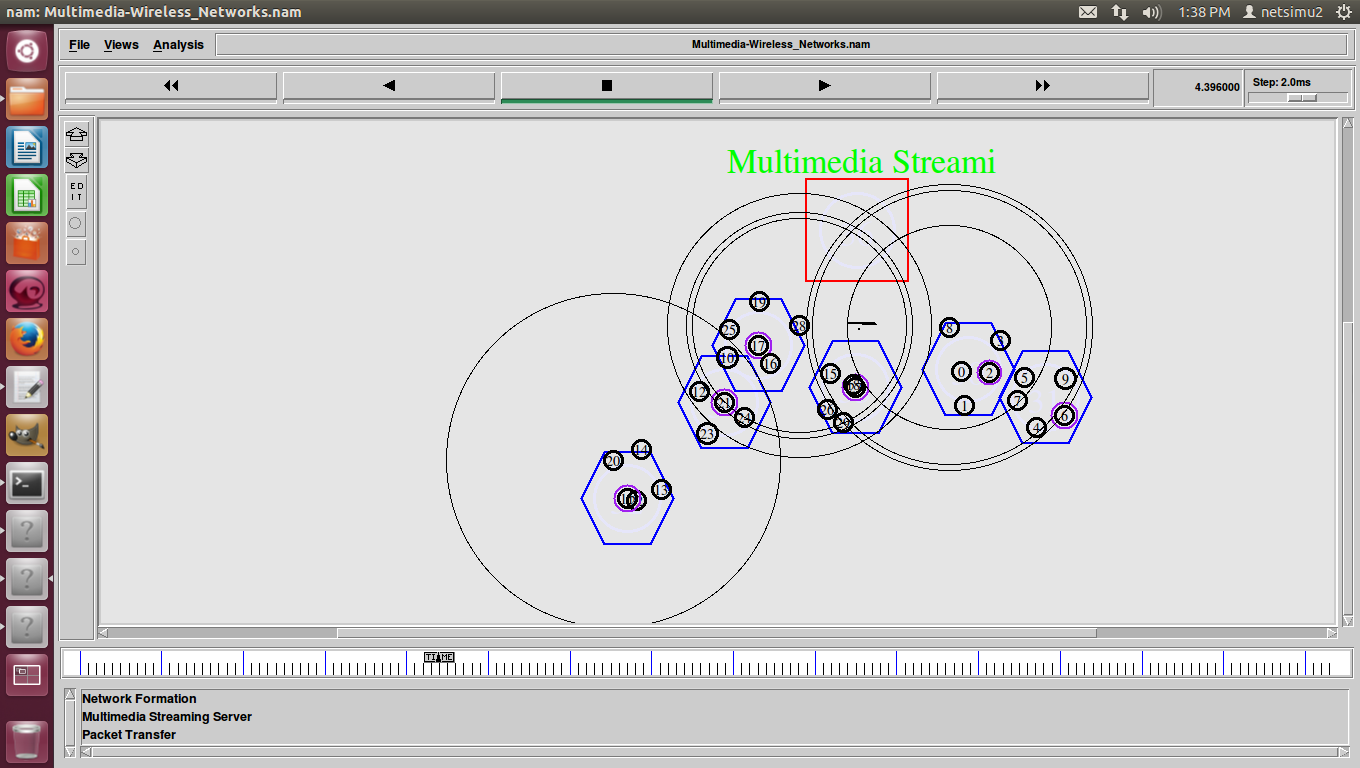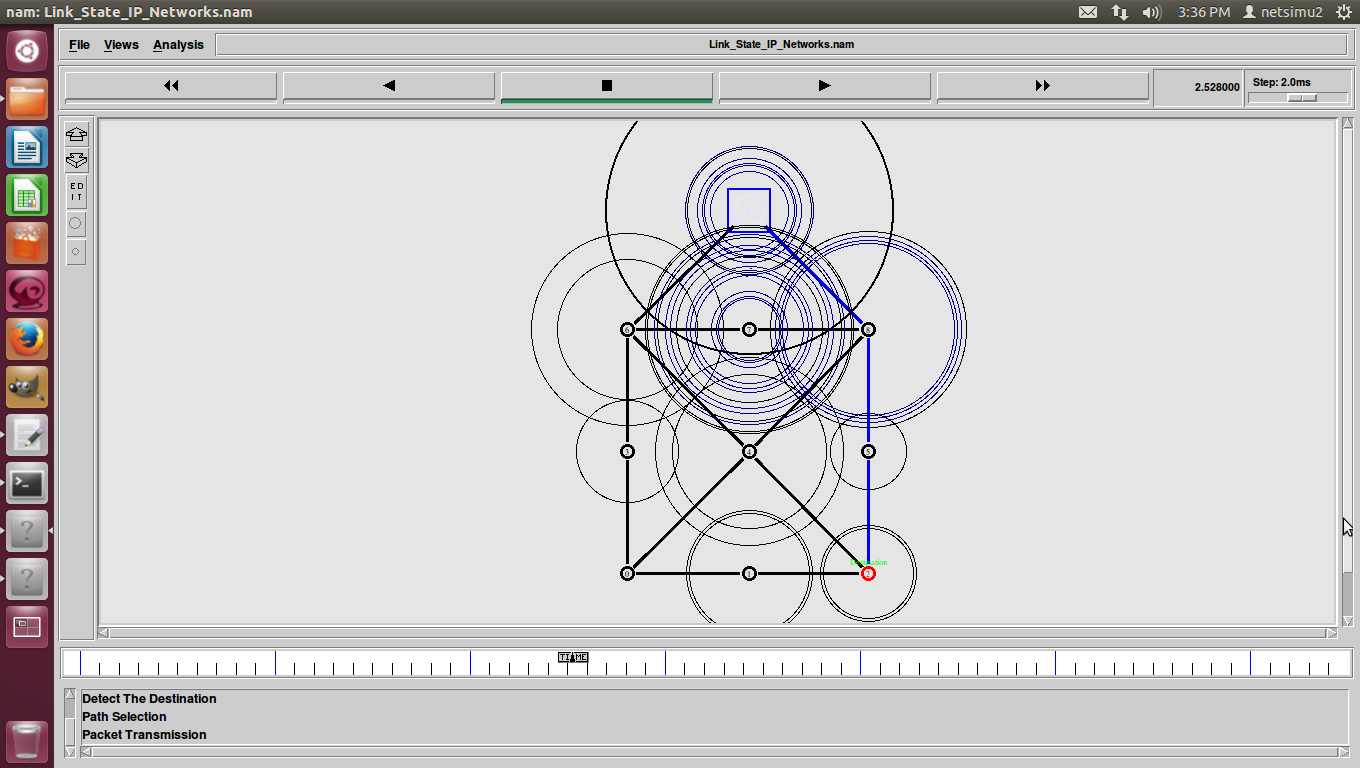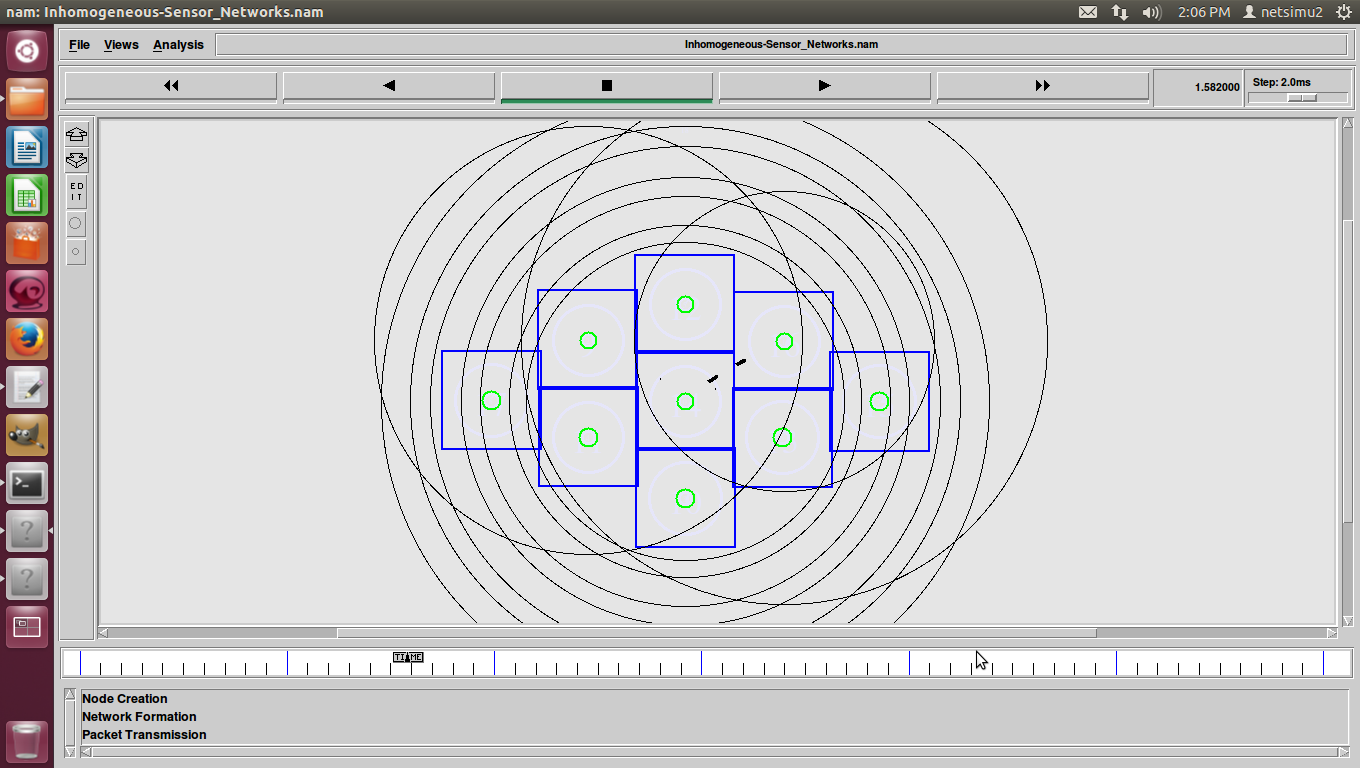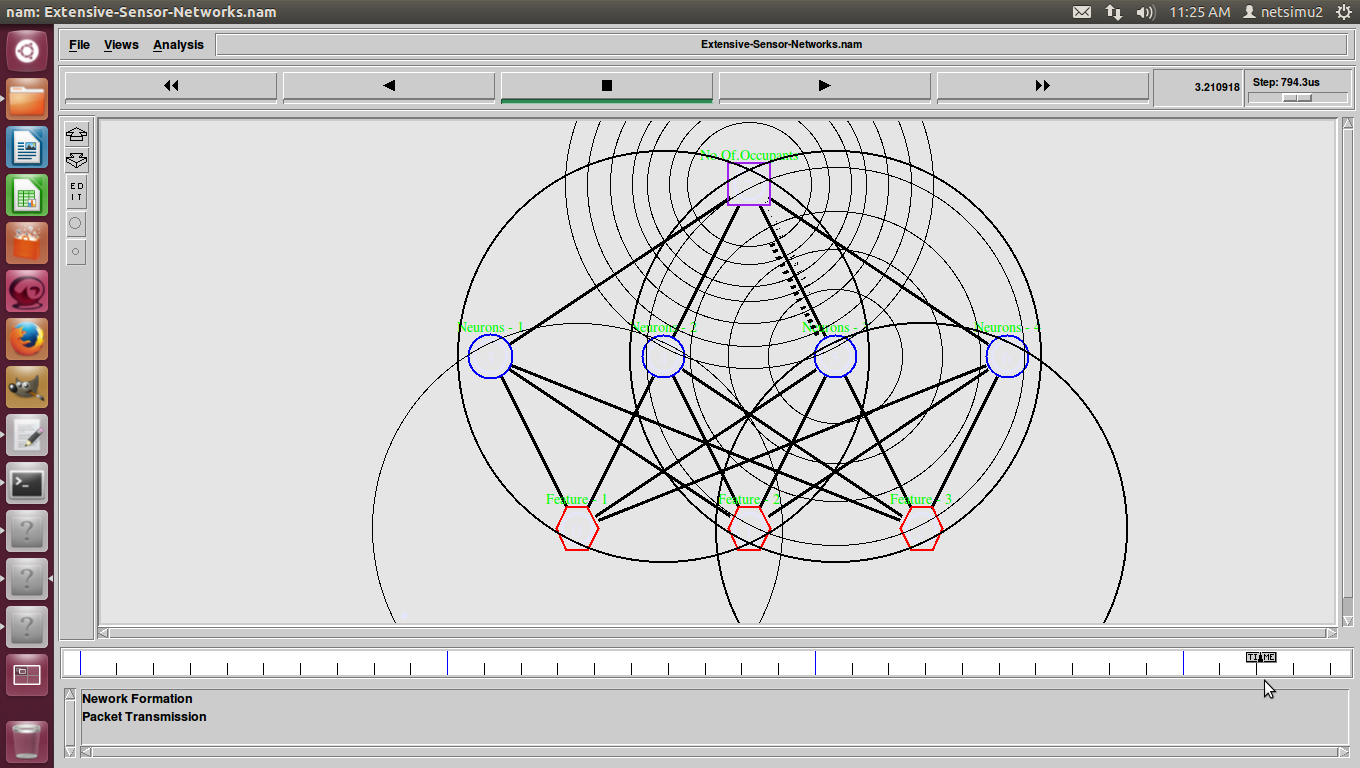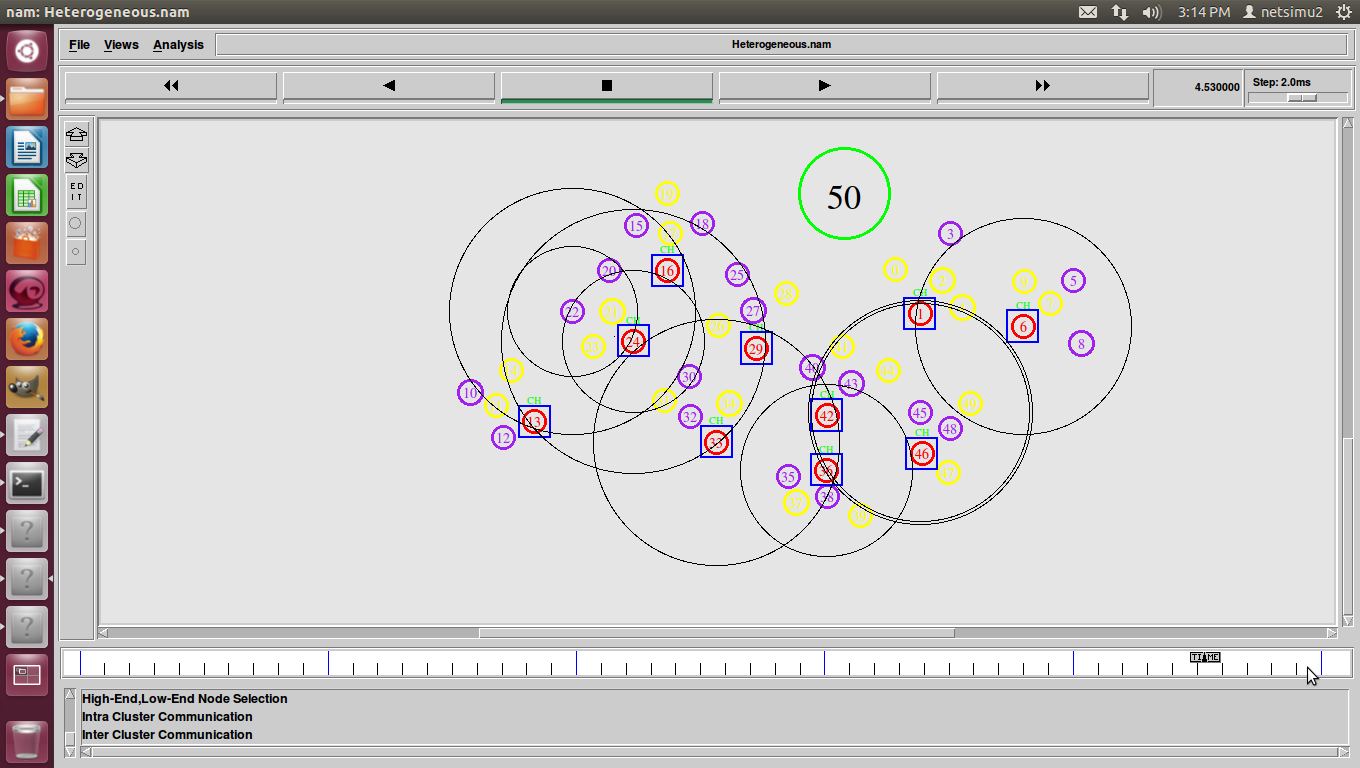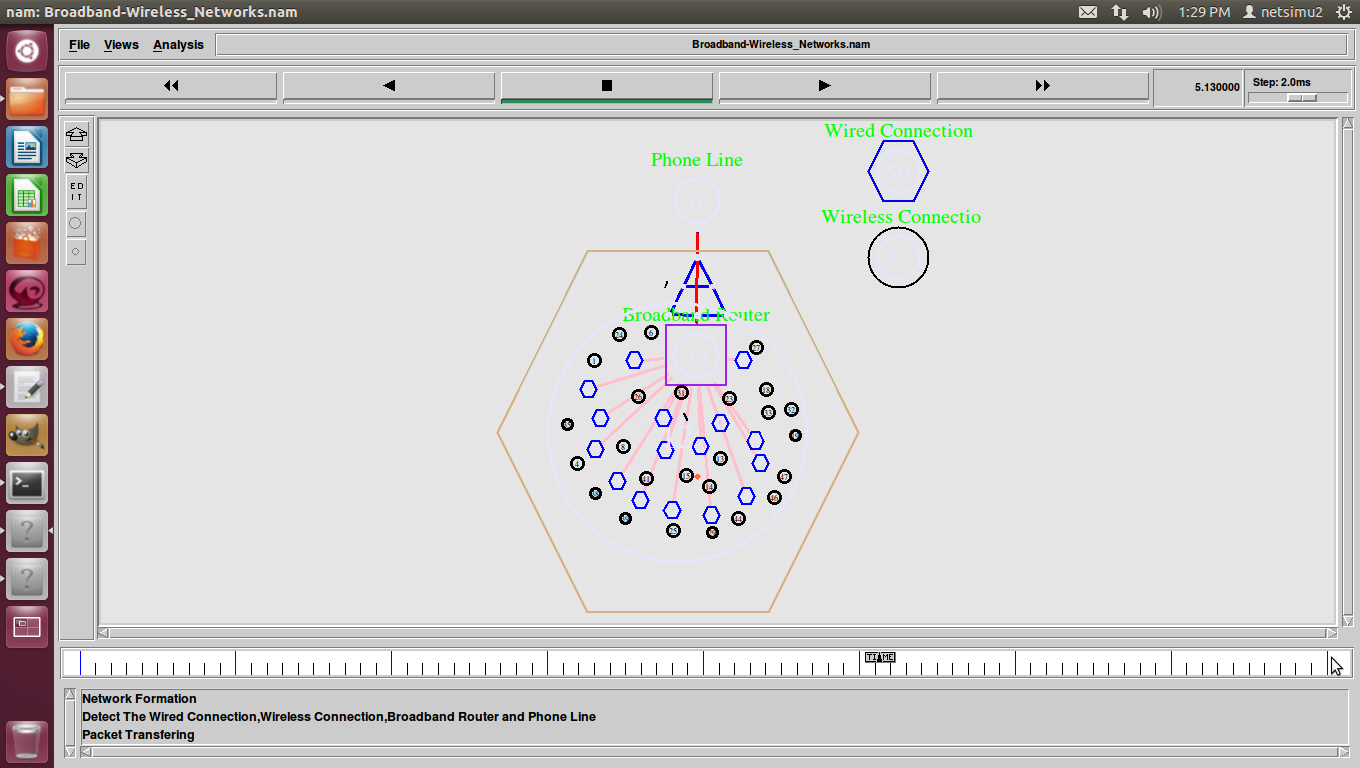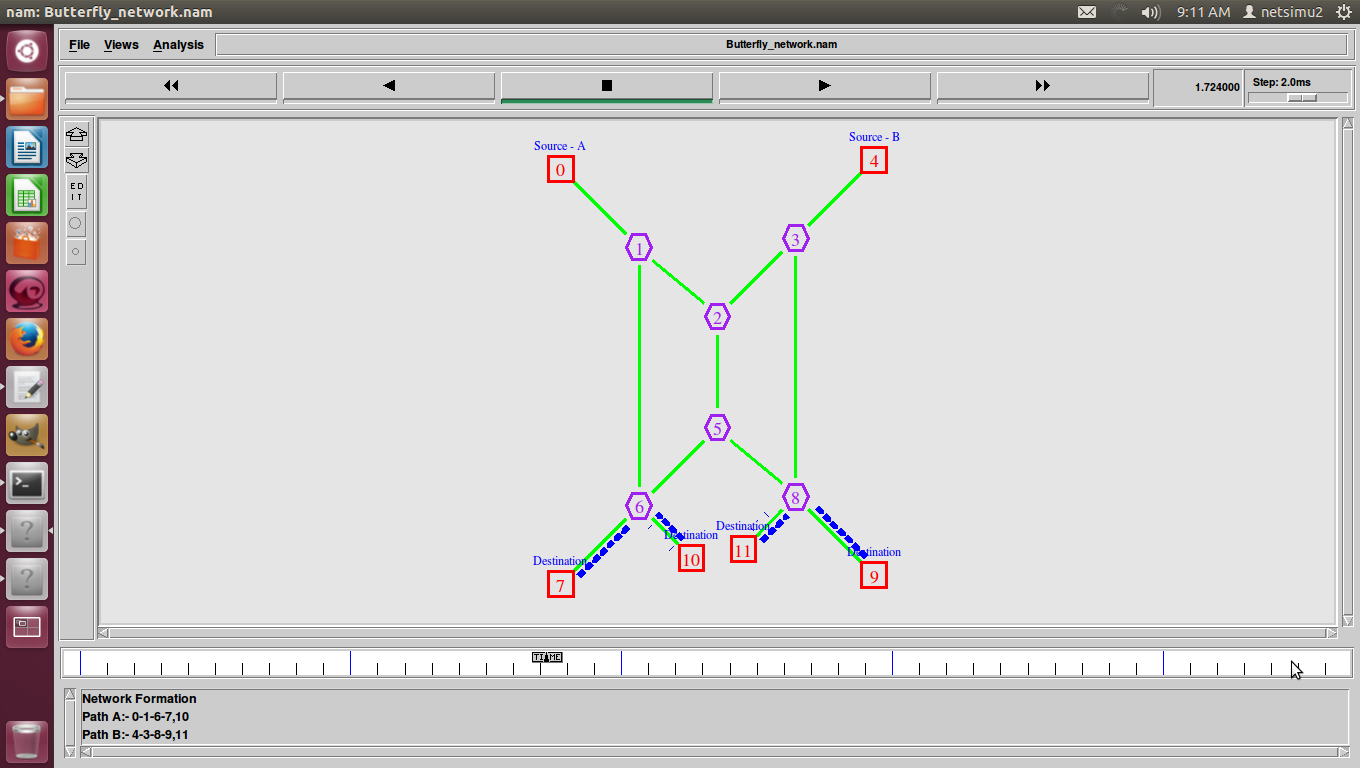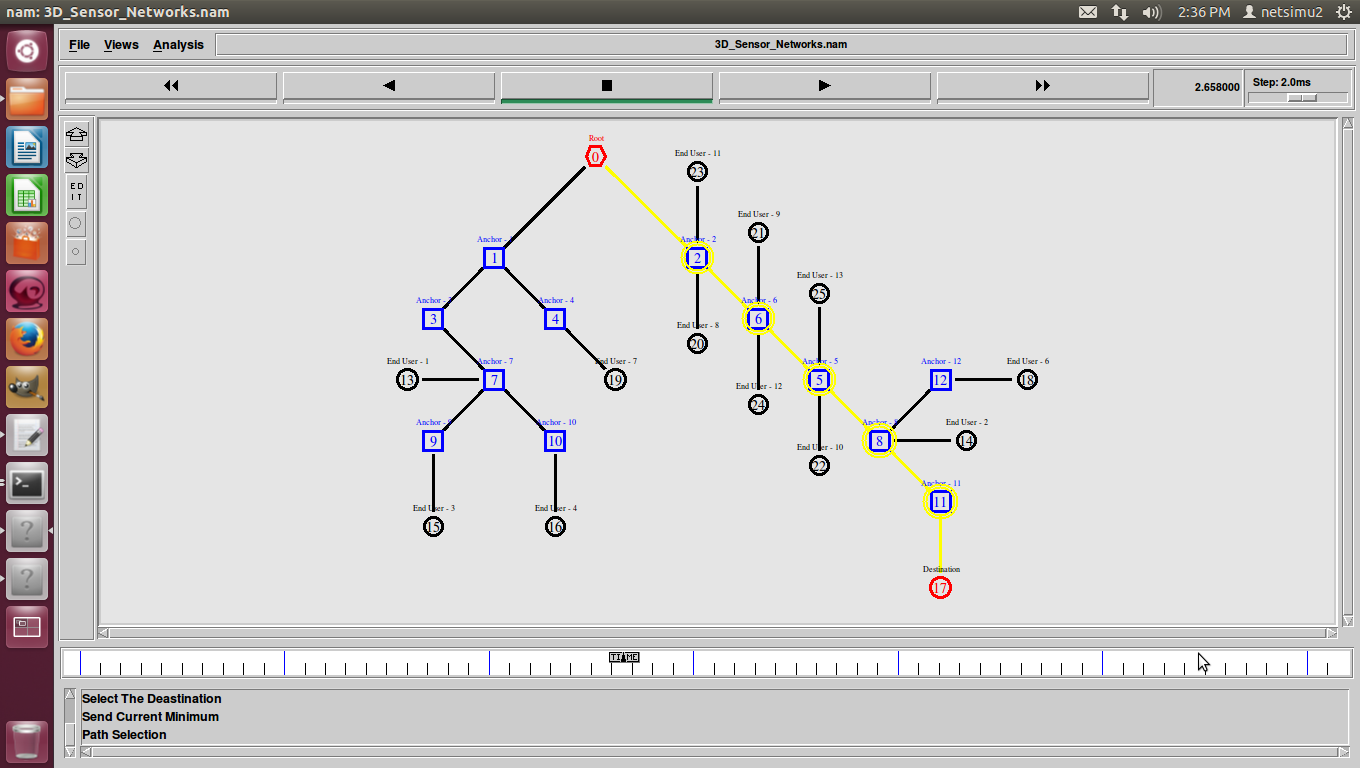MIMO Thesis is undergone by candidates of M.Phil and Ph.D those are interested in wireless Network. It is an antenna technology which is studied to perform efficient communication between devices. Antennas are required in each device to transmit and receive data.
In Antennas play significant role in communication, hence MIMO can focus on any one of the following network,
- Wireless Body area Network
- Cognitive Radio Network
- Vehicular Ad hoc Network
- Mobile Ad hoc Network
- Software Defined network
- Wireless Sensor Network
- Wireless Personal Area Network
- Heterogeneous Network
- Two–way Relay Network
- Radar communication Network
- Hybrid wireless Network
- Multicell Network
- Cognitive relay Network
- Device–to–Device Caching Network
- Cellular Network
- Non–Orthogonal Multiple Access Network
- Ultra–Wideband Personal Area Network
- Heterogeneous Random Network
- Cloud Radio Access Network
- Urban Macro Cellular Network
- Optical Network
Thesis is a detailed study held on a particular topic to analyze the problems existing and solve those problems with best solutions. Thesis writing is like sculpting which can be performed well by our professionals. Our thesis writing team members have in-depth knowledge over MIMO and networking techniques, hence the outcome of thesis is original.
We guide you to select your research area by listing out some recent topics discuss in MIMO Thesis,
- An effective performance for Compact UWB MIMO antenna designed also for tridirectional pattern diversity characteristics system
- An innovative mechanism also for Linear Space-Time Interference Alignment used also for K-user MIMO Interference Channels scheme [MIMO-Thesis]
- The novel technology also for Outage analysis of dual-hop full-duplex schemes over massive MIMO weibull fading channels method
- A new-fangled Approach also to User Scheduling into Massive Multi-User MIMO Broadcast Channels system
- An innovative process of optimal adaptive model-free control through a Kalman-filter-based on observer intended also for generic nonlinear MIMO system
- The new mechanism also for Nonbinary LDPC-Coded Spatial Multiplexing in favor of Rate-2 MIMO of DVB-NGH System
- A fresh technology of Probabilistic MIMO Symbol Detection also by Expectation Consistency Approximate Inference method
- An effective function of One-bit Quantized Massive MIMO Detection also Based on Variational Approximate Message Passing
- A new progression of Joint Precoding with Power Control designed also for EIRP-Limited MIMO Systems
- An efficient practice for low-complexity signal detection utilizing AOR iterative method meant also for massive MIMO systems
- A new practice also for WINNER+ Based on 3-D Non-Stationary Wideband MIMO Channel Model
- The novel technique also for Performance based on In-band Transmission into System Information within Massive MIMO Systems [MIMO-Thesis]
- A design and developing function of MMSE adaptive waveform plan also for active sensing by applications to MIMO radar
- An efficient performance in favor of Hardware Impairments Aware Transceiver plan also for Full-Duplex Amplify-and-Forward MIMO Relaying method
- An efficient process of Enhanced adaptive equalization intended also for MIMO underwater acoustic communications system





